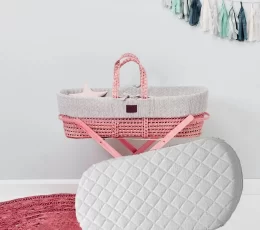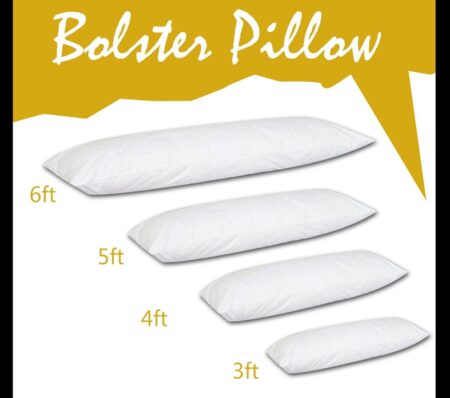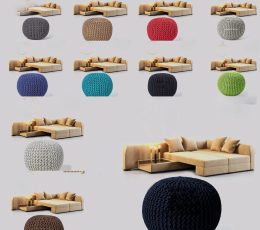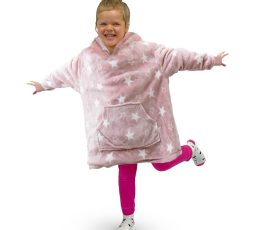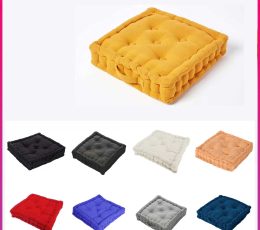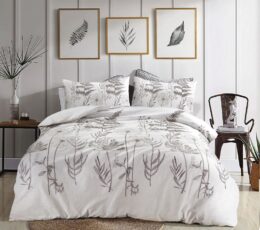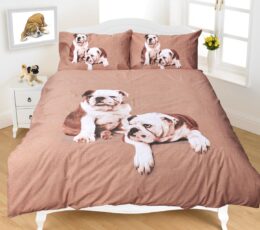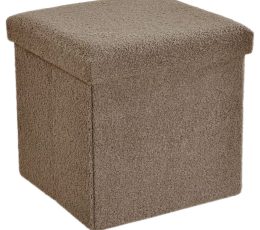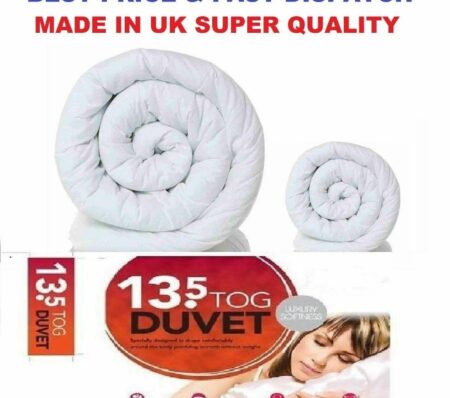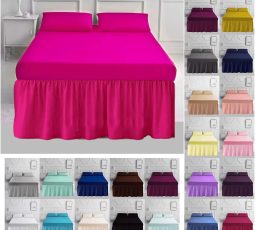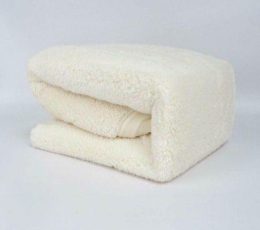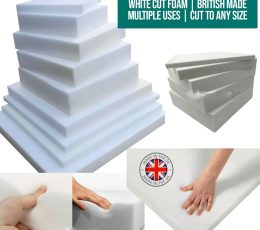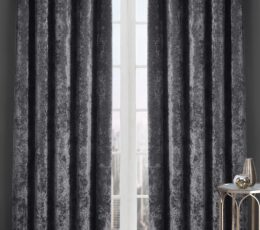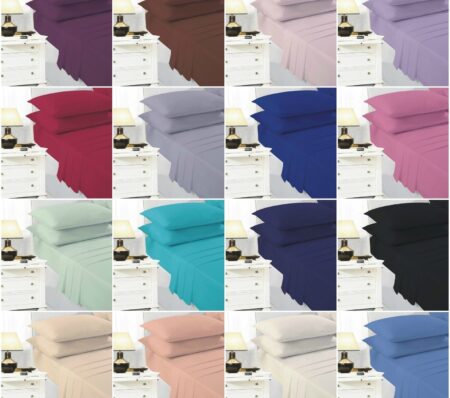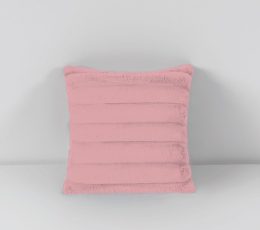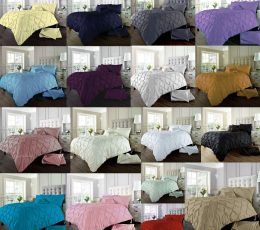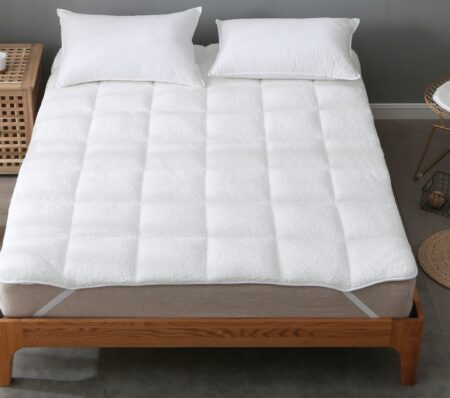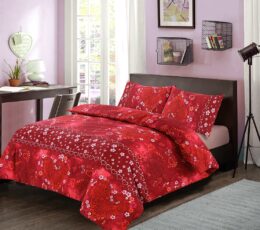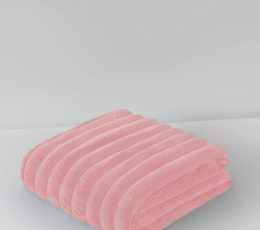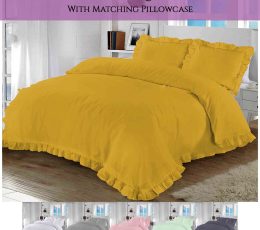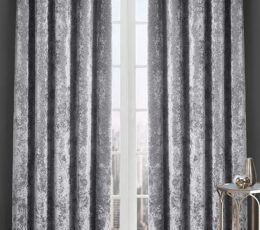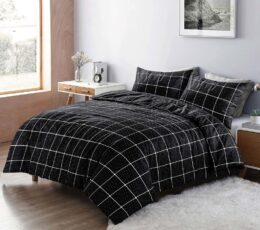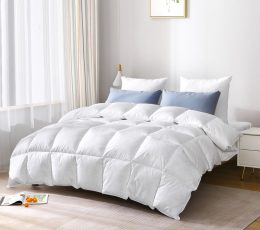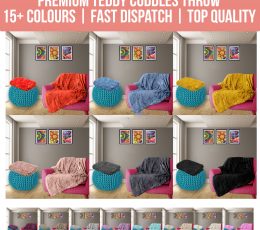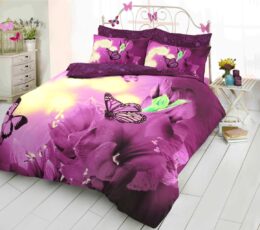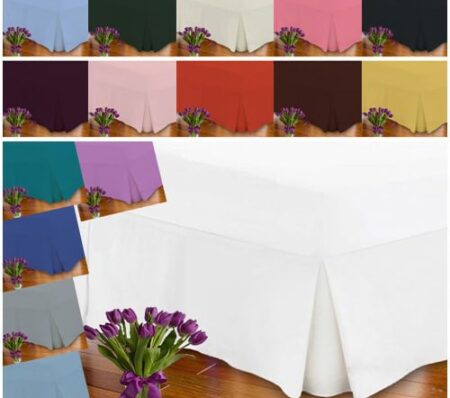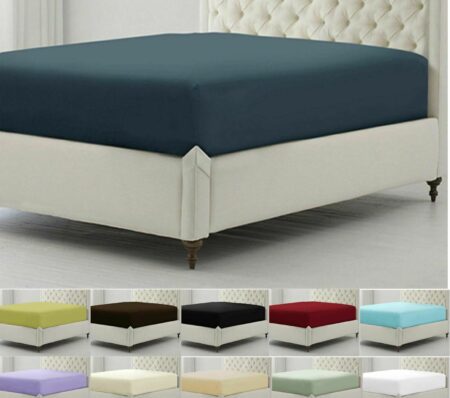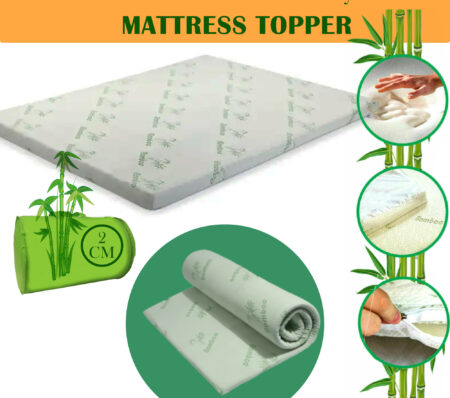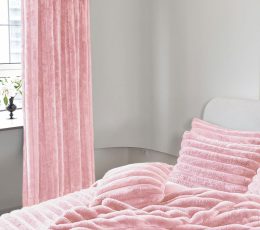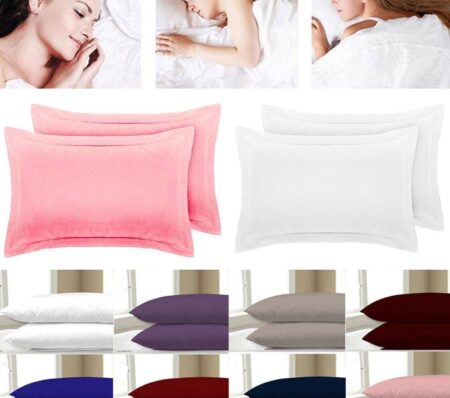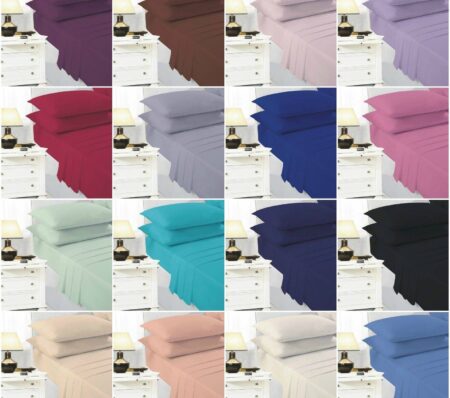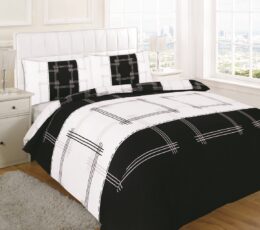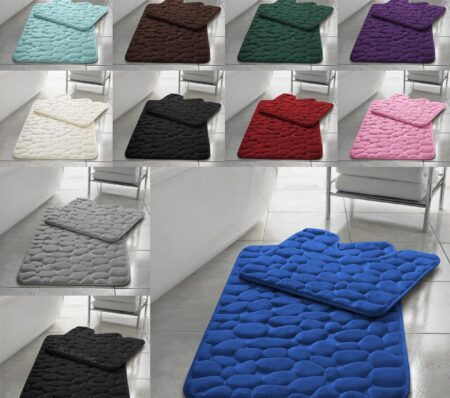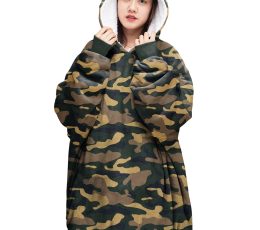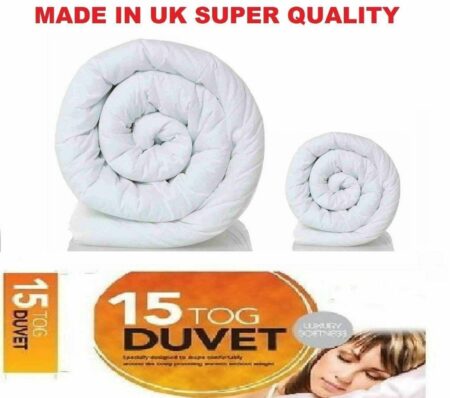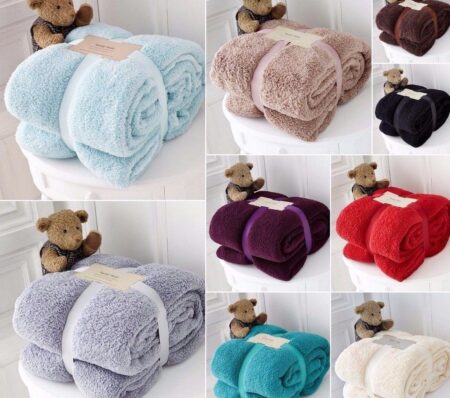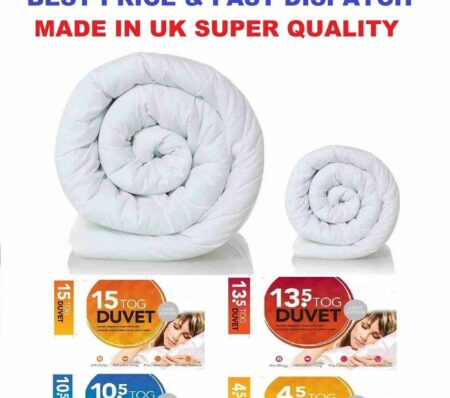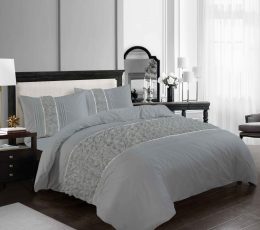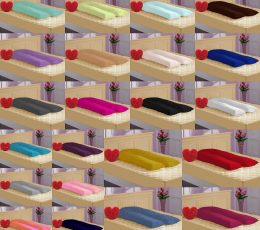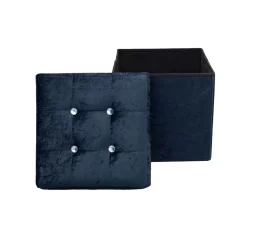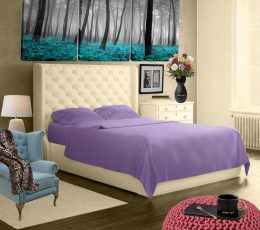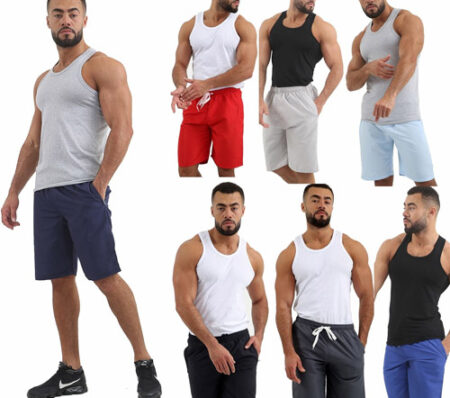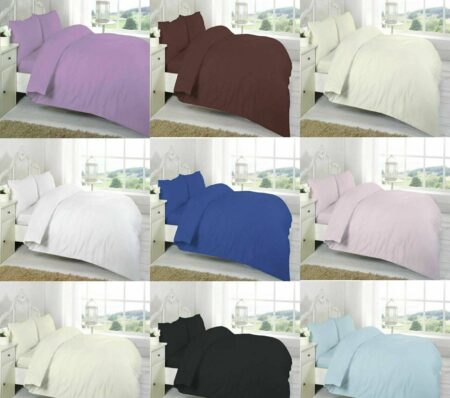As the seasons change, so do our bedding needs. Finding the perfect super king duvet cover material becomes essential, especially for those seeking a cool and comfortable night’s sleep. The market offers various options, each claiming to be the most cooling duvet cover material. For preparing for another hot, sweaty night, we recommend swapping the duvet or your duvet covers for a lighter version of bedding to avoid overheating.
In this comprehensive guide, we will see some of the most common duvet cover materials that are used in the majority and several factors to consider before getting a bedding. If you are are sure, visit our guide on how to choose the duvet cover.
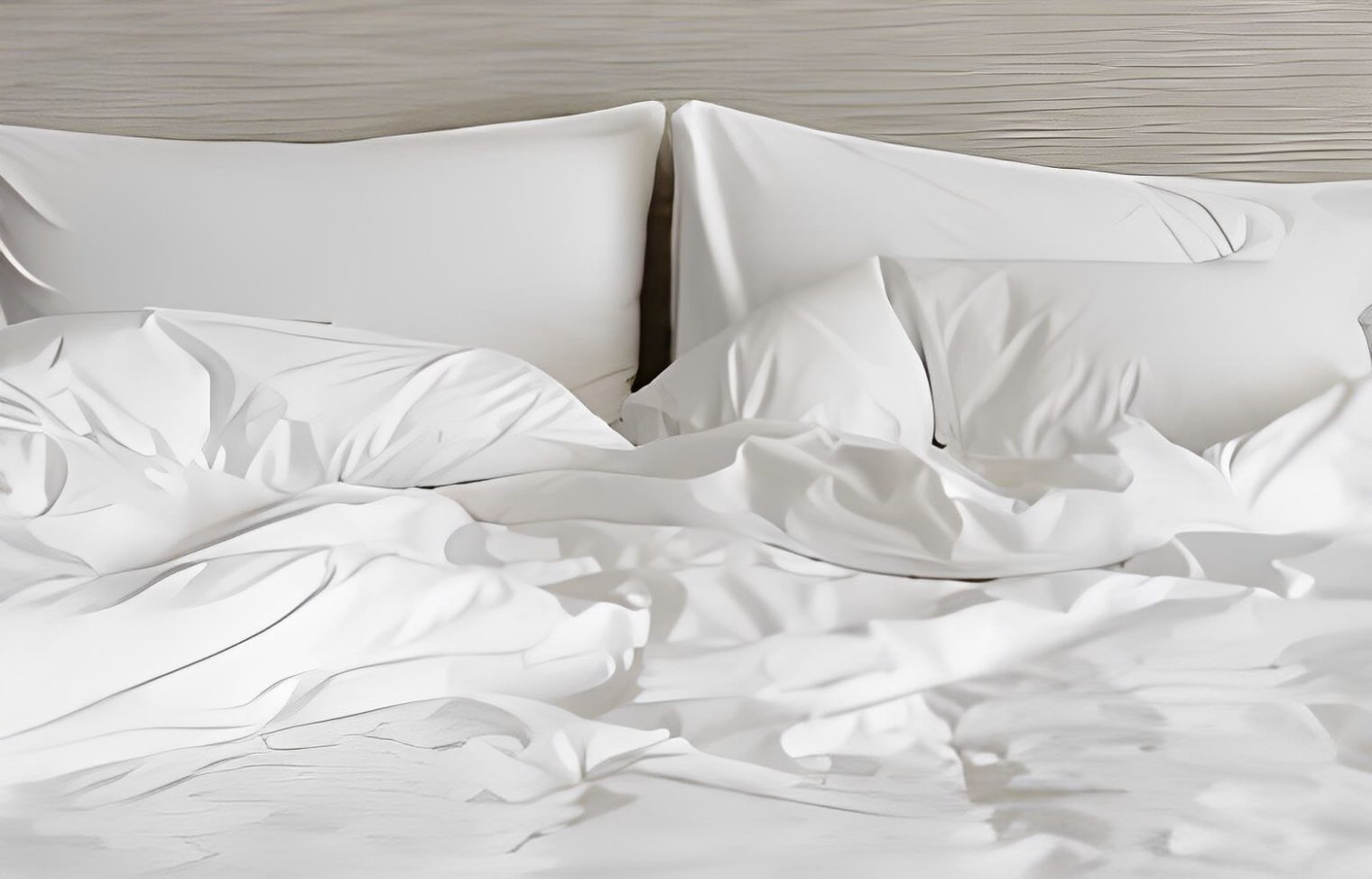
The Coolest duvet cover material
As the boiling hot night arrives, the last thing that we want is to feel extra hot while sleeping, which disturbs our sleep pattern and makes us sweaty and uncomfortable. As for this, we recommend swapping your winter duvet cover with the lightweight summer duvet that lets the air circulate and avoids overheating. Consider our guide of the best duvet cover material to get the cover.
So, after this much talking, which is the most cooling duvet cover material that helps to survive the heated summer nights? Below, we give some suggestions for duvet cover material that helps during summer nights:
Cotton Covered Duvets
Cotton has long been a staple in the world of bedding, cherished for its softness, durability, and breathability. Cotton duvet covers are celebrated for their ability to provide a cooling sensation, making them an ideal choice for warm climates or those who tend to sleep hot. The natural fibers in cotton promote airflow and allow heat to escape, preventing the uncomfortable feeling of overheating during the night.
One key consideration when opting for cotton covered duvets is the thread count. Higher thread counts often result in a smoother and softer feel, but it’s crucial to strike a balance. Extremely high thread counts can reduce breathability, affecting the cooling properties of the fabric. Aim for a mid-range thread count for optimal comfort and airflow.
Linen Duvet Cover
Linen, derived from the flax plant, has earned a reputation as a luxurious and cooling fabric for bedding. Linen duvet covers are characterized by their natural texture, breathability, and exceptional moisture-wicking properties. One of the unique aspects of linen is its ability to absorb and release moisture quickly, ensuring a dry and cool sleeping environment.
Linen duvet covers tend to become softer and more comfortable with each wash, enhancing the overall sleep experience over time. The relaxed and casual appearance of linen also adds an element of effortless sophistication to any bedroom. For those seeking a blend of style and cooling functionality, linen stands out as a top choice.
Bamboo Duvet Cover
Bamboo duvet covers have emerged as an eco-friendly and cooling alternative in the world of bedding. Bamboo fabric is naturally hypoallergenic, moisture-wicking, and possesses excellent breathability. The unique thermo-regulating properties of bamboo make it adept at adjusting to the body’s temperature, providing a consistently cool and comfortable feel.
Bamboo is not only an excellent choice for those with sensitive skin but also environmentally conscious consumers. The cultivation of bamboo is sustainable, requiring minimal water and no pesticides. This makes bamboo duvet covers a popular choice for those looking to make eco-friendly bedding decisions without compromising on comfort.
What to Consider When Purchasing a Duvet Cover:
Whenever you are looking for a new duvet cover, we recommend you consider some of the factors before changing the duvets:
- Thread Count: While a higher thread count is often associated with softer bedding, it’s important to find a balance. Extremely high thread counts may reduce breathability, hindering the cooling effect.
- Weave Type: The weave of the fabric significantly impacts breathability. Percale weave, characterized by a tight construction, offers a crisp and cool feel. Sateen weave, with a smoother surface, might retain more heat.
- Fabric Composition: Understanding the fabric composition is crucial in determining the cooling properties of a duvet cover. Natural fibers like cotton and linen are excellent choices due to their breathability and moisture-wicking capabilities.
- Climate Considerations: Consider the climate of your region when selecting a cooling duvet cover. Lighter fabrics like linen are ideal for hot climates, while cotton provides versatility suitable for various temperature ranges.
- Personal Preferences: Ultimately, personal preferences play a significant role. Some individuals prefer the crisp feel of cotton, while others appreciate the relaxed texture of linen. Bamboo, with its silky touch, caters to those seeking a luxurious feel.
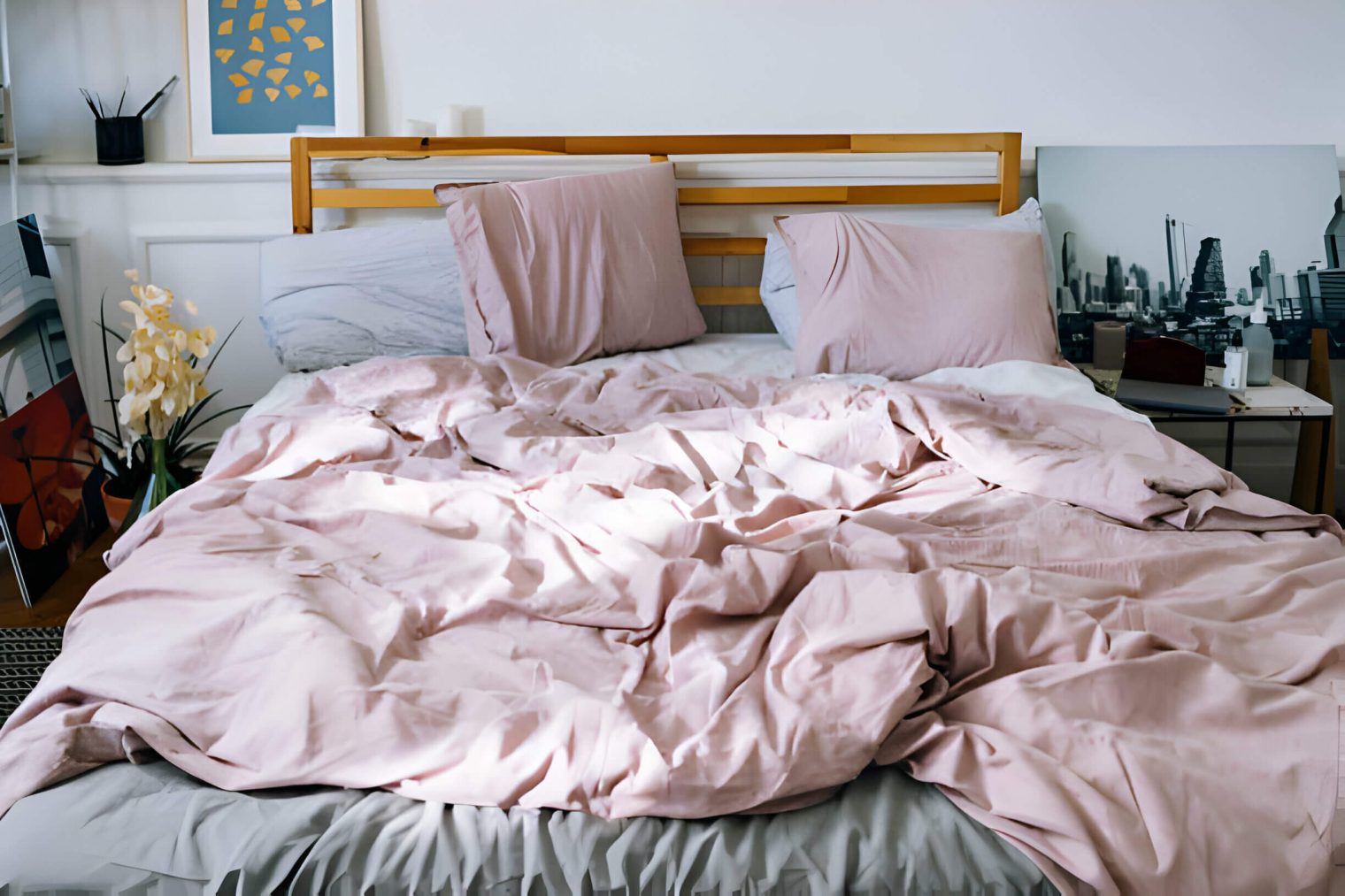
Where To Buy The Summer Duvets?
To Get off the extreme heat this summer, we recommend choosing a duvet with a low tog rating, like the 4,5 Tog duvet, which gives you coziness and comfort but also saves you from sweat and overheating while sleeping. This tog rating is counted as a lightweight duvet, but if you feel any chill while using this cover, put the extra layers of warmness on it.
If you have already read the above section and are considering buying the 4.5 Tog duvets, then you have made the right decision. Our collection of duvets has some of the most extravagant summer duvets that help to keep you warm and also non-sweaty during sleep.
Summer Duvets for Heat Wave Weather:
In the context of extreme heat waves, a low Tog rating is crucial. Tog rating is a measure of a duvet’s warmth, and for hot weather, opt for a rating between 2 and 4. This ensures that the duvet is lightweight and breathable, allowing for maximum airflow to keep you cool during the sweltering nights.
Choosing duvets made from breathable materials is vital for heatwave conditions. Natural fabrics like cotton and linen are excellent choices. Cotton’s breathability and moisture-wicking properties help regulate body temperature, while linen’s natural texture enhances airflow, ensuring a cool and comfortable sleep.
Consider duvets with a down alternative or microfiber fills. These materials provide a balance between insulation and breathability, preventing the duvet from feeling too heavy or trapping excess heat.

cooling duvet cover for Moderate Heat:
For more moderate summer temperatures, you have more flexibility with the Tog rating. Opt for duvets with a Tog rating between 4 to 7, providing a balance between light insulation and breathability. This range is suitable for nights when the heat is present but not overwhelming.
In moderate heat, you can explore a broader range of fabrics. Cotton, known for its versatility, remains an excellent choice. Additionally, blends or lightweight synthetic materials offer a comfortable sleep experience while providing more insulation than pure cotton or linen.
Look for duvets that come with temperature-regulating features. Some modern duvets are designed with innovative technologies that adapt to your body temperature, ensuring you stay comfortable throughout the night.
FAQs
Q: What is a cooling duvet cover?
A cooling duvet cover is a specially designed bedding accessory that utilizes innovative materials and construction techniques to enhance breathability and heat dissipation. It aims to provide a cooler and more comfortable sleeping experience.
Q: How does a cooling duvet cover work?
Cooling duvet covers typically incorporate breathable fabrics such as bamboo or moisture-wicking materials to promote airflow and regulate temperature. Some may also feature phase-change technology or special cooling gel-infused fibers to dissipate heat actively.
Q: Are cooling duvet covers suitable for all seasons?
Yes, many cooling duvet covers are versatile and designed to be suitable for all seasons. They are often crafted to keep you cool in warm temperatures and also regulate the temperature in colder conditions.
Q: Do cooling duvet covers require special care instructions?
While care instructions may vary by brand, many cooling duvet covers are machine washable. It’s advisable to follow the specific care guidelines provided by the manufacturer to maintain the effectiveness and longevity of the cooling properties.
Q: Can I use a cooling duvet cover with any comforter or insert?
Yes, in most cases, cooling duvet covers are designed to be compatible with various types of comforters or inserts. However, it’s recommended to check the product specifications or contact the manufacturer to ensure compatibility with your specific bedding.
Q: Are cooling duvet covers suitable for individuals with allergies?
Many cooling duvet covers are hypoallergenic and resistant to dust mites and allergens. However, it’s essential to check the product details or labels to confirm their allergy-friendly features.
Q: Can a cooling duvet cover replace the need for air conditioning or fans?
While a cooling duvet cover can contribute to a more comfortable sleep environment, it may not entirely replace the need for air conditioning or fans in extremely hot conditions. It works best as part of an overall strategy for temperature regulation in your bedroom.
Q: Do cooling duvet covers have a specific side that should face up?
The orientation of a cooling duvet cover can depend on its design. Some may have a specific cooling side that should be placed facing up, while others may not have a designated orientation. It’s advisable to refer to the product’s instructions for proper usage.
Q: Can a cooling duvet cover be used by people who tend to sweat during sleep?
Yes, cooling duvet covers are often preferred by individuals who experience night sweats. The moisture-wicking properties and enhanced breathability can help manage and reduce excessive sweating for a more comfortable sleep experience.
Q: Are cooling duvet covers available in different sizes?
Yes, cooling duvet covers are typically available in standard bedding sizes, including Twin, Full, Queen, and King. Ensure you select the appropriate size that corresponds to your mattress and bedding preferences.
The cooling duvet cover is the best option to pick for summer duvets. When selecting the material for the duvet, we have to consider the environment, body heat, and several other aspects before moving to the material selection. If you want to select the material, the cotton duvet cover is considered the material that suits almost everyone, and consider the above discussion before selecting a duvet cover.

